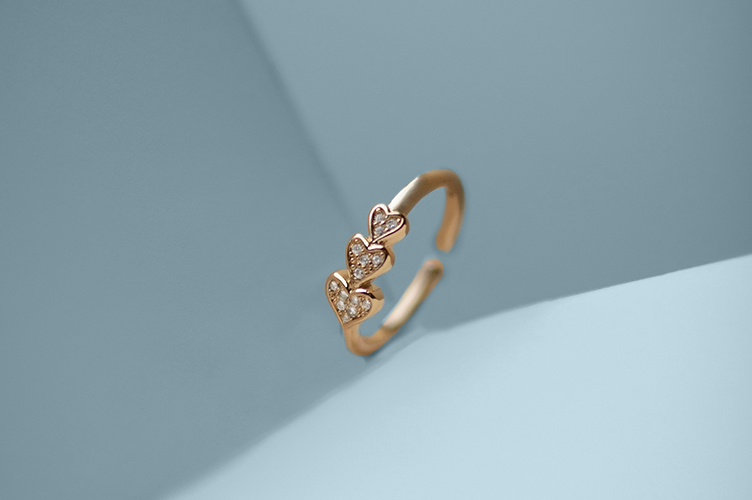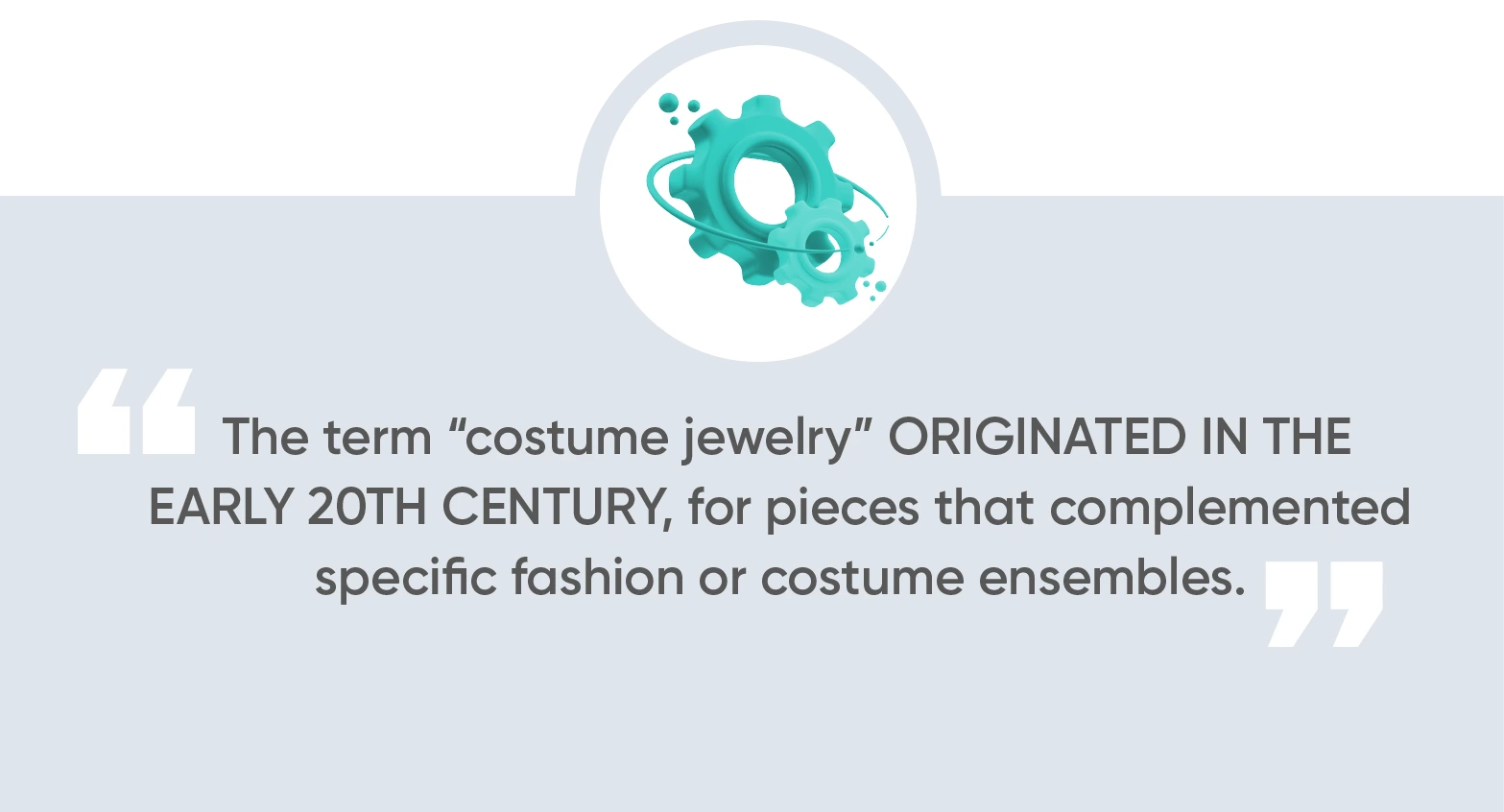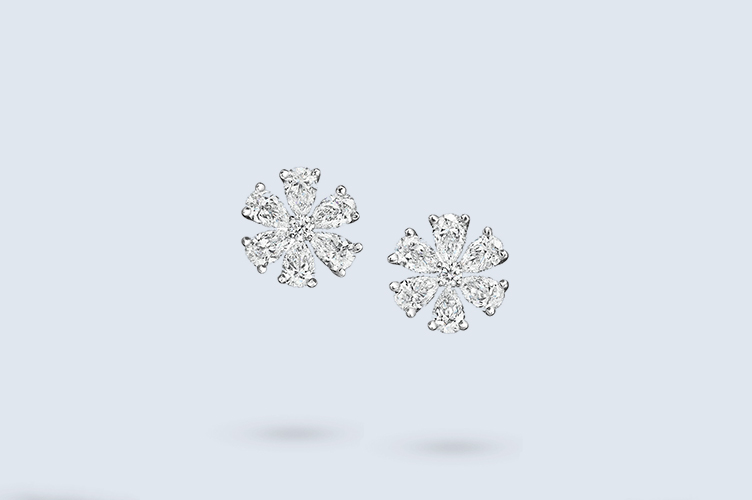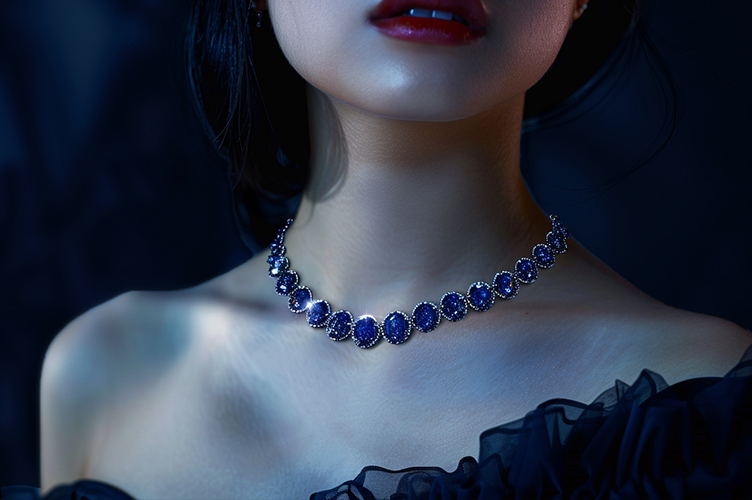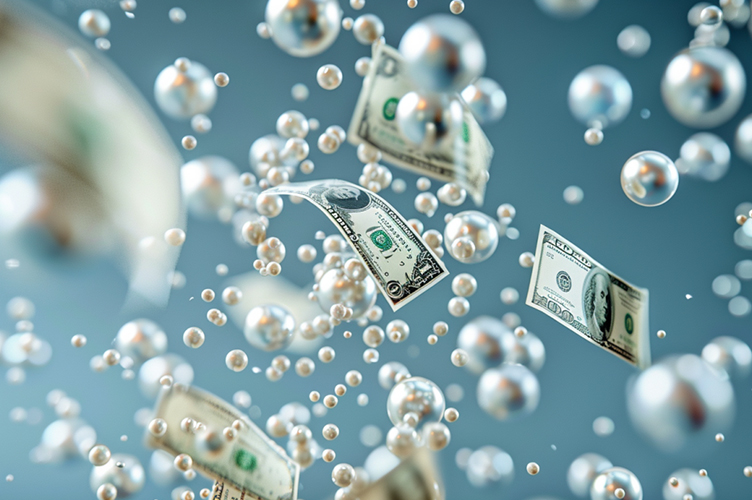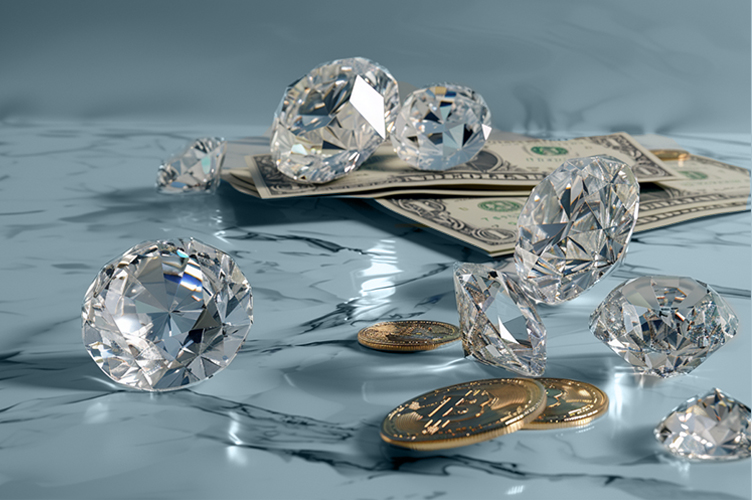What is Costume Jewelry?
Although initially considered cheap imitation jewelry, costume jewelry has become ubiquitous in every fashionista’s wardrobe. These inexpensive, trend-setting pieces are the ideal complement to the fine jewelry in your collection.
But it’s essential to understand the difference between fine jewelry, fashion jewelry, and costume jewelry. Each type of jewelry boasts unique characteristics, uses, and care requirements that can impact its value and longevity.
What You Will Learn
- What is Costume Jewelry?
- Costume Jewelry vs. Fine Jewelry: What is Fine Jewelry?
- The Birth of Costume Jewelry: What is Fashion Jewelry?
- What Materials Are Commonly Used in Costume Jewelry?
- What is Vintage Costume Jewelry?
- What is Semi-Fine Jewelry? The Middle Ground
- Insure Your Costume Jewelry Today
- FAQs:
What is Costume Jewelry?
Costume jewelry, also known as fashion jewelry, is a type of jewelry crafted from non-precious materials. These materials may include a variety of base metals such as brass, copper, plastic, glass, or synthetic or simulated stones.
The term “costume jewelry” originated in the early 20th century, for pieces that complemented specific fashion or costume ensembles.
The appeal of costume jewelry lies in its diversity, vibrant designs, and ability to keep pace with the latest fashion trends. It allows wearers to experiment with different styles, colors, and shapes without a substantial financial investment.
Costume jewelry can range from simple, understated pieces to extravagant, high-end fashion jewelry studded with high-quality, simulated stones. It’s not uncommon to find gold-plated costume pieces, offering the lustrous appeal of gold without the hefty price tag.
Costume Jewelry vs. Fine Jewelry: What is Fine Jewelry?
In contrast, fine jewelry is crafted from precious metals like solid gold, sterling silver, or platinum, and may feature natural gemstones such as diamonds, emeralds, sapphires, or pearls. These pieces also feature a high level of craftsmanship, and lasting quality.
Fine jewelry is often seen as an investment due to the inherent value of these natural stones and materials, and it can be handed down through generations.
The Birth of Costume Jewelry: What is Fashion Jewelry?
Costume jewelry became popular in the early 20th century, largely due to the efforts of renowned fashion designer Coco Chanel. She changed the definition of fashion jewelry, by combining the worlds of jewelry and fashion when she introduced the concept of bijoux de couture — an alternative to more expensive, fine jewelry pieces.
The success of Chanel’s costume jewelry sparked a trend, inspiring other designers. This resulted in the large-scale production of fashion-forward, affordable pieces that retained luxury and style. These pieces became especially popular during the economic downturns of the 1930s and 1940s, offering an affordable way for women to stay fashionable during challenging times.
Vintage costume jewelry from this era has become highly collectible, with pieces from well-known designers and brands such as Dior, Miriam Haskell, and Schiaparelli fetching high prices on the secondary market. Despite being made from non-precious materials, they are still valuable due to their design, craftsmanship, and historical significance.
What Materials Are Commonly Used in Costume Jewelry?
Costume jewelry incorporates materials such as…
- Base metals: These are non-precious metals, easy to mold and considerably cheaper than precious metals. Common base metals include copper, nickel, aluminum, and brass.
- Gold-plated jewelry: Gold plating gives affordable pieces a shiny, gold-like appearance at a fraction of the cost of solid gold. The process involves coating a base metal with a thin layer of gold. While gold-plated jewelry doesn’t boast the durability of solid gold, it is a popular choice in costume jewelry due to its affordability and attractive finish.
- Sterling silver: Sterling silver, which is 92.5% silver and 7.5% other metals, is sometimes used in high-end fashion jewelry. It’s more affordable than pure silver or gold.
- Simulated stones: Simulated stones are man-made stones designed to imitate the appearance of precious or semi-precious stones. Examples include cubic zirconia, rhinestones, and various types of colored glass.
- Plastics and resins: Costume jewelry incorporates plastics, including acrylic, lucite, bakelite, and resin. These materials offer versatility, vibrant colors, and easy molding for creating intricate designs. PVC and polyethylene are also popular for plastic chain necklaces and waterproof accessories.
- Enamel: Enamel consists of finely ground glass or fused silica mixed with pigments. The mixture is applied to a metal, glass, or ceramic surface and then fired at high temperatures to create a smooth, glossy coating.
What is Vintage Costume Jewelry?
The term “vintage costume jewelry” refers to pieces at least 20 to 25 years old. These pieces offer considerable value to collectors, especially if they’re from renowned brands or designers, or if they’re particularly unique or rare.
Vintage costume jewelry often showcases the unique aesthetic of its era. For instance, the Art Deco movement of the 1920s and 1930s, characterized by geometric shapes and bold designs, strongly influenced the costume jewelry of the time.
Pieces from the mid-century, such as the 1954 Chanel Couture Necklace By Robert Goossens, might display the classic elegance and glamor of the 1950s. Meanwhile, costume jewelry from the 1960s and 1970s might embody the period’s love for color and unconventional forms, as is the case with the Kenneth J Lane Dragon Necklace.
Vintage costume jewelry often used materials that may not be as common today. For instance, bakelite, an early form of plastic, was a popular material for costume jewelry in the early 20th century. These materials add additional charm and appeal to vintage pieces.
Although made from less expensive materials, many vintage costume jewelry pieces showcase exceptional craftsmanship. The pieces mimic fine jewelry, so attention to detail is often high. Some vintage pieces have even increased in value over time due to their rarity and the demand among collectors.
If you own valuable costume jewelry, especially vintage or collectible pieces, insuring your collection is a good idea.
What is Semi-Fine Jewelry? The Middle Ground
Semi-fine jewelry bridges the gap between fine jewelry and costume jewelry. It typically features more affordable precious metals like lower-karat gold or sterling silver, and may feature semi-precious stones. Semi-fine jewelry offers the longevity and quality associated with fine jewelry, but at a more accessible price point, similar to high-end fashion jewelry.
As semi-fine jewelry uses real precious metals, it’s often hypoallergenic jewelry. This makes it an excellent choice for wearers with metal allergies.
Insure Your Costume Jewelry Today
If you own valuable costume jewelry, especially vintage or collectible pieces, insuring your collection is a good idea.
BriteCo offers insurance for high-value costume jewelry, with tailored coverage matching appraised values. Our comprehensive worldwide protection covers accidental damage, theft, loss, and mysterious disappearance, with zero deductibles for worry-free coverage.
It all starts with an appraisal. Our easy appraisal process involves seamless assessments with partnered jewelers. You’ll receive immediate coverage following the appraisal, and we’ll perform annual reappraisals to account for market fluctuations and to ensure you have the right amount of coverage.
Later, if needed, the online claims process is straightforward, and our replacement guarantee ensures you receive similar pieces from a lost or damaged piece’s original jeweler.
FAQs:
Can people with metal allergies wear costume jewelry?
Many costume jewelry pieces are hypoallergenic and suitable for people with metal sensitivities. Look for items labeled nickel-free or made from materials like surgical stainless steel, titanium, or hypoallergenic alloys to minimize the risk of allergic reactions.
How do you clean costume jewelry?
To keep your costume jewelry free from grime and skin oils, clean your pieces regularly. Never submerge your pieces in water. Instead, clean them gently with a soft, damp cloth, avoiding harsh cleaners like bleach, ammonia, acetone, or hydrogen peroxide. Always put jewelry on last to avoid contact with cosmetics and hair products.
Is there any way to prevent costume jewelry from tarnishing?
Store costume jewelry in a cool, dry place away from direct sunlight and humidity to prevent it from tarnishing. Additionally, consider using anti-tarnish strips or pouches when storing the pieces, to reduce oxidation.
Can costume jewelry be customized or resized?
Customizing or resizing costume jewelry is challenging primarily because of the materials used in its construction. Costume jewelry uses base metals like brass or alloy, and its gemstones are often imitation or synthetic. These materials are less malleable and may not withstand the heat and pressure required for resizing or intricate customization.
Can I find sustainable or eco-friendly costume jewelry options?
With an increasing focus on sustainability and eco-consciousness, several brands now offer sustainable and eco-friendly costume jewelry options.
Also Check:
What to Do with Old Jewelry: 4 Creative DIY Ideas
How Much Does Custom Jewelry Cost? | BriteCo Jewelry Insurance
How to Clean Stainless Steel Jewelry? | BriteCo Jewelry Insurance
What is Serpentine Jewelry?
What is Breast Milk Jewelry?

